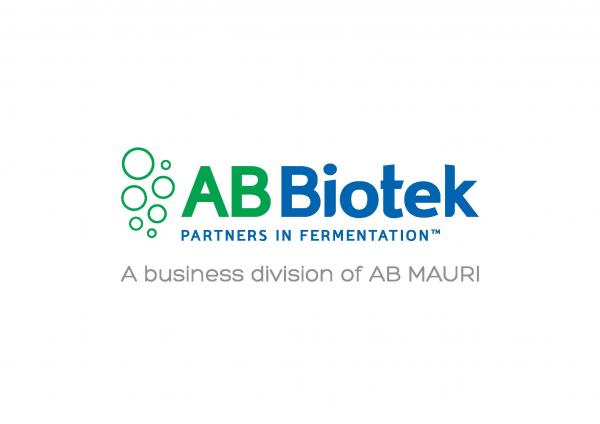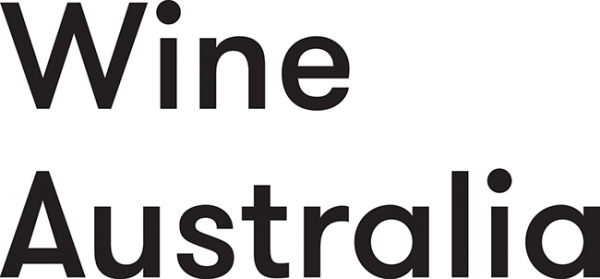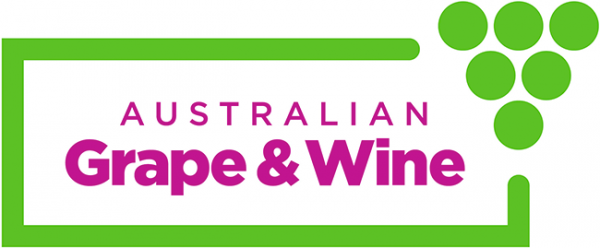| Wine bacteria are metabolically diverse and can offer a range qualities to wine, that is, in addition to the conversion of malic acid to lactic acid, the basis of malolactic fermentation (MLF). Wine associated lactic acid bacteria (LAB) include several genera and numerous species all capable of MLF, however, Oenococcus oeni is the most commonly used for MLF across all wine styles. Grape juice and wine can often be challenging for bacteria, especially when confronted with low pH, low nutrients, and high ethanol content. It is O. oeni’s excellent ability to overcome and adapt to these challenging wine conditions and propensity not to produce spoilage sensory-impacting compounds that has seen it to be the species of choice in winemaking. Lactobacillus spp have shown that they can survive winemaking conditions and possess an extensive suite of enzymes, including glycosidases, proteases, and esterases, which have the potential to synthesize desirable sensory-impacting secondary metabolites. Wine pH is particularly selective for wine LAB, where O. oeni can survive below pH 3.5, while above 3.5 there are some Lactobacillus spp which have shown good ability to conduct MLF. Additionally, Lactobacillus plantarum has facultatively heterofermentative properties, meaning it does not produce acetic acid from consumption of sugar in high pH conditions. Thus, when used under specific vinification conditions, Lactobacillus plantarum is part of the next generation of MLF starter cultures. Enhancing the regionality of wine is an effective means to have a point of difference for a wine brand. Many well-known ‘old world’ premium wines are strongly associated with the region they come from. Moreover, there is mounting evidence that the local indigenous bacterial microflora contributes to a wine’s terroir. The characterisation of a robust regional Australian strain will be presented. Different wine environments might present new challenges for the winemaker, however wine LAB continually offer new approaches to meet these challenges. |








